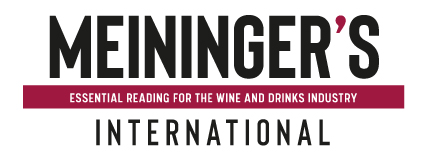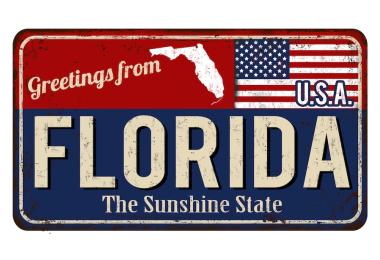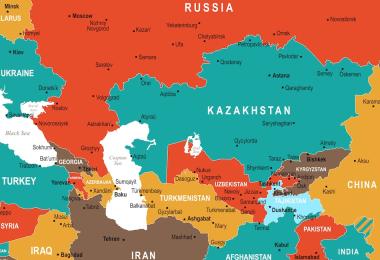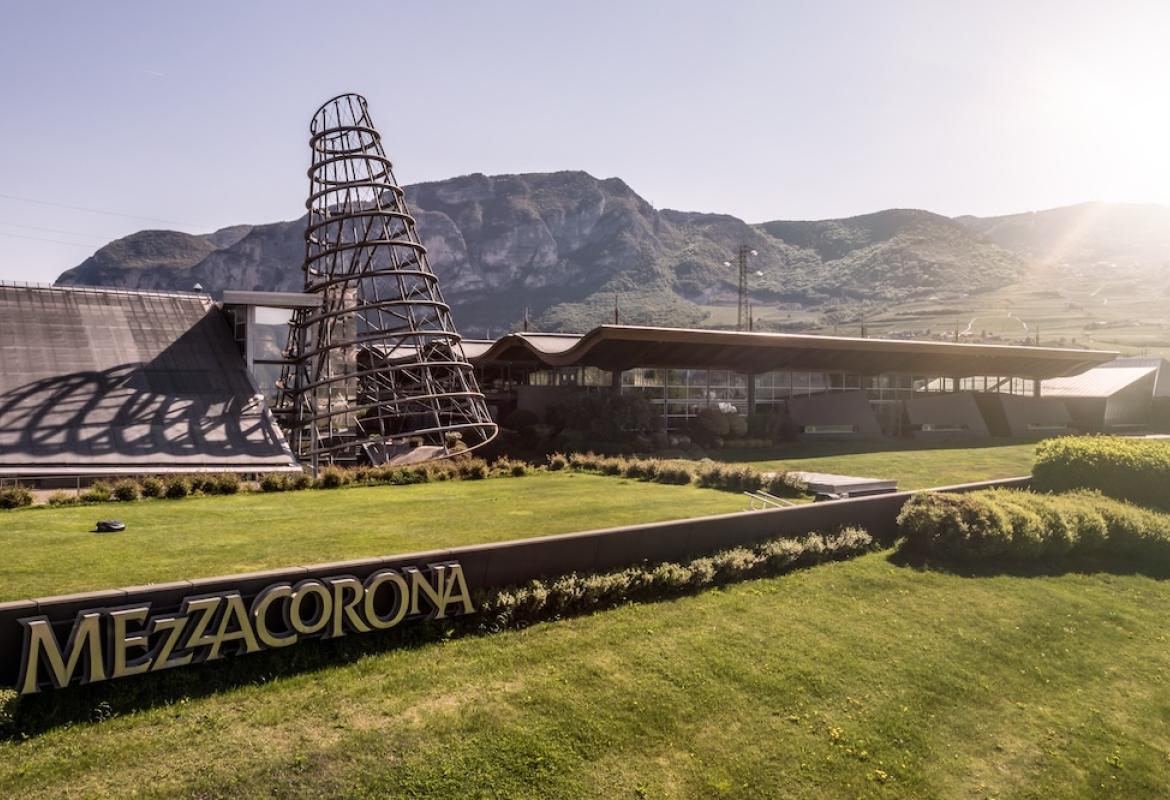Americans are more willing than ever to try different wines from different parts of the world. Except when they aren’t. Or only if they’re buying wine in grocery stores and other mass retailers.
Don’t be confused by these apparent contradictions. That’s because the older and more affluent part of the US wine-drinking demographic still seems to be buying the same wines from the same places that it has been buying for decades — what one Washington, D.C., retailer called the Russian River Valley Pinot Noir syndrome. But younger wine drinkers are willing to try something other than Chardonnay, Cabernet Sauvignon, Merlot and Pinot Noir, and to buy those wines from regions that their parents and grandparents aren’t interested in. That includes Eastern Europe and the Mediterranean, as well as the southern hemisphere.
The catch? These younger wine drinkers are fussy about quality and price, and they aren’t willing to be fobbed off with something they consider inferior wine just because it’s different.
“Consumers are ahead of producers in terms of quality, and they catch up to the idea of quality pretty quickly,” says Michael Warner, who owns the four-year-old DCanter wine boutique in Washington, D.C. “They’re willing to try something else, something different, but only if the price and quality is right.”
Meanwhile, wine drinkers of all ages are boosting sales of sweet red blends sold in supermarkets, a phenomenon that is taking place even though most of these wines aren’t available in independent retailers or restaurants.
The US market divide
Talk to on- and off-premise operators and a picture emerges of US market trends divided by age, demographics and the three-tier system. Three-tier, which regulates the US distribution system, is dominated by the biggest distributors that focus on the most popular wines from the most popular producers and that are sold to the biggest retailers and restaurants. Hence red blends, and especially sweet red blends, being sold primarily through grocery stores and supermarkets. These brands, many from California and which include The Wine Group’s Cupcake Red Velvet, E&J Gallo’s Apothic Red, and Trinchero’s Ménage à Trois Red, have catapulted to prominence over the past couple of years. If considered a varietal, the entire red blend category in 2016 would have been the third biggest by dollars of those tracked by Nielsen. That’s especially revealing since most red blends sell for less than $15.00 a bottle.
Add rosé — which has grown by double digits over the past couple of years and increased 53% between August 2016 and 2017 — and Prosecco, the fastest-growing sparkler in the US, and the mass market has its trends. In addition, older wine drinkers still love their Chardonnay, says Keith Goldston, MS, whose restaurant experience has included Domaine Chandon, Masa’s, Spago, Picasso, Aureole, and Crystal Cruises. “In volume and dollar it still leads the sales report,” he adds.
So does that leave room for wines from less-known regions made by less-known producers and sold by independent retailers and restaurants?
So far, the answer is yes.
“I think a couple of things are happening and part of that is renewed focus on the classics,” says Hunter Hammett, a sommelier at Jardinère in San Francisco, which serves New American cuisine with French and Japanese accents. “But wine drinkers are also looking for bargains, and they are also looking for something off the beaten path.”
And off the beaten path means exactly that – Eastern Europe, including Hungary, Bulgaria, Croatia, Slovenia, and Romania, as well as Austria, Greece, Macedonia, and even Turkey. Surprisingly, says Leora Madden, who owns the Pearl Wine Co. in New Orleans, a wine bar and retail shop, their search also includes regions that older wine drinkers may have written off, such as South Africa and Australia.
Some of this demand, and especially in restaurants, is sommelier driven — witness what has been an almost continual push for Austrian Grüner Veltliner over the past three or four years. But given that US restaurant wine sales never really recovered from the recession 10 years ago, much of the demand is what retailers refer to as the treasure hunt — a search for something completely different. In this, says Goldston, these younger consumers are bringing the same sort of zeal to wine that they brought to beer and spirits, “where they say, ‘That was cool, can I try something else that’s different?’ The old negatives that influenced older wine drinkers aren’t a factor.”
These wines include Greek whites such as Assyrtiko; reds and whites from Macedonia’s Tikveš region, including Vranec and Rkaciteli; Hungarian dry Furmint; and Traminer and Muscat from Bulgaria. “They want something delicious, but they don’t want to spend $15.00 a glass in a restaurant,” says Warner. “That’s one of the reasons why these less-known regions are sparking interest.”
But, as Maddon points out, the definition of “less known” is flexible. She sells a lot of a Syrah-Cinsault blend from South Africa, a wine many baby boomers would turn their noses up at. Warner says several drier styles of Lambrusco are big sellers at DCanter, though Lambrusco hasn’t been relevant to the boomers since the 1970s. And what can be called alternatives in established regions, like Cahors and Jura in France, also seem to have caught on. A customer might come into Dcanter looking for a red Bordeaux but walk out with a Cahors, or leave with Crémant instead of Champagne, switched because of the price and the improved quality of the less-known alternative.
“The younger they are, the more adventurous they are,” says Andrew Wilt, the assistant general manager and wine buyer at Abacus in Dallas. “A lot of it is about price, but a lot of it is because they are more adventurous wine drinkers.”
It’s not always easy
But there is a catch, and it’s so big that it has two parts. First, less-known regions too often mean wine of lesser quality and that has been a problem for many retailers, says Warner: “I see a lot of poorly made wine and consumers catch up to that pretty quickly.”
One of the reasons for this, he says, is that distributors and producers assume US consumers will buy their product because it is less expensive. They don’t understand the role quality plays, and that the US market has become more sophisticated in demanding fresher, consistent and better-made wine. Price is not the be all and end all any more — value is, says Warner.
Secondly, the US distribution system makes it more difficult for less-known wines from more obscure parts of the world to be sold in this country. Every wine that is for sale is legally required to have a distributor, and it’s not easy for some of those wines to find a distributor. If they do, it’s usually with a smaller distributor that has less clout or a smaller sales footprint or both, making the wines more difficult for retailers and restaurants to find. In addition, these wines are usually smaller production, so even if they can be found, there may not be enough to go around. That’s one reason why many of these wines are found in East Coast outlets but never seem to be for sale in the rest of the country.
“Yes, it can be a little tough to find these wines,” admits Warner. “There may not be a lot of it and you’re competing with sommeliers and other retailers who are trying to find the next big thing, which is of a good value.”
That’s why, adds Maddon, smaller retailers and restaurants must actively look for these wines, knowing that younger wine drinkers will buy them if they can taste them, and that the distribution system mostly likely won’t make it easy for retailers and restaurateurs. “It’s our job, on- and off-premise, to do the due diligence to find those bottles that are worth putting in front of people,” she says. “If we leave it to the big distributors, we’ll end up with the commercial wines that everyone else has. We have to be more of an advocate for these wines, and we have to be willing to open people’s minds to what’s out there that they may not have tried.”
As several people agreed, during research for this article, this is why it’s important to understand that few consumers go into a restaurant or wine shop asking for Macedonian wine. They need to be sold on it and the hand-sale remains vital.
The other question? Will this demand continue, or will younger wine drinkers finally find one thing they like and stick with it, the same way their parents and grandparents stuck with white Zinfandel?
Part of the answer lies in their makeup, and that they aren’t as brand- or label-loyal as the boomers have been. Constant change, so far, has been their approach to all sorts of consumer goods. But something else might happen, says Wilt, and it depends on whether wine quality from these less-known regions continues to improve. One example, he points out, is Spain. It was an emerging region a decade or more ago. Save for a few large brands, the wines were not easy to find and many, especially the whites, didn’t have good reputations. Today, however, Spain is a fixture on wine lists and retailer shelves, and even the whites — see Rías Baixas and Albariño — have become popular.
He sees the same possibility for any of today’s less-known regions to do what Spain did. And, he adds, much of the same thing has happened with rosé, which few people other than wine geeks paid attention to just five or six years ago. “All you need is something to break the ice,” he says.
The question, then, is which of these regions will break the ice?








